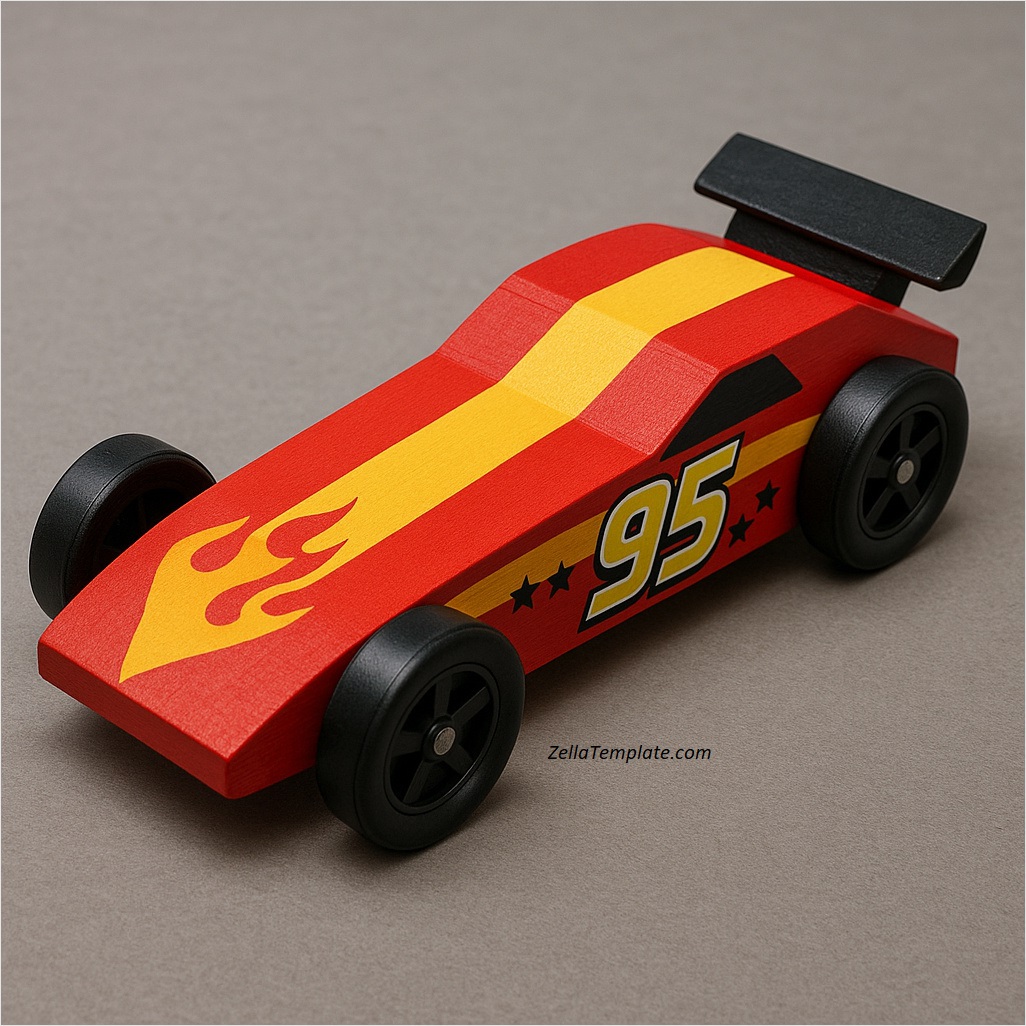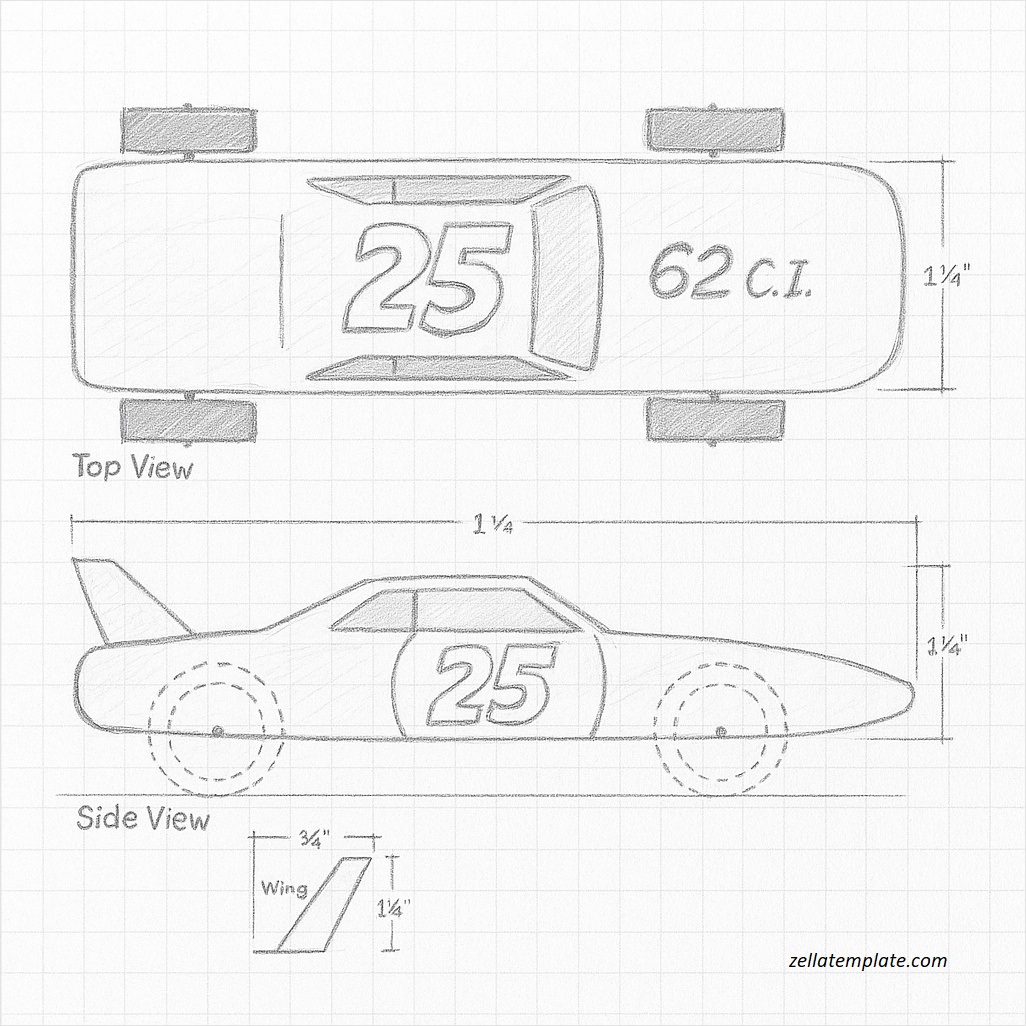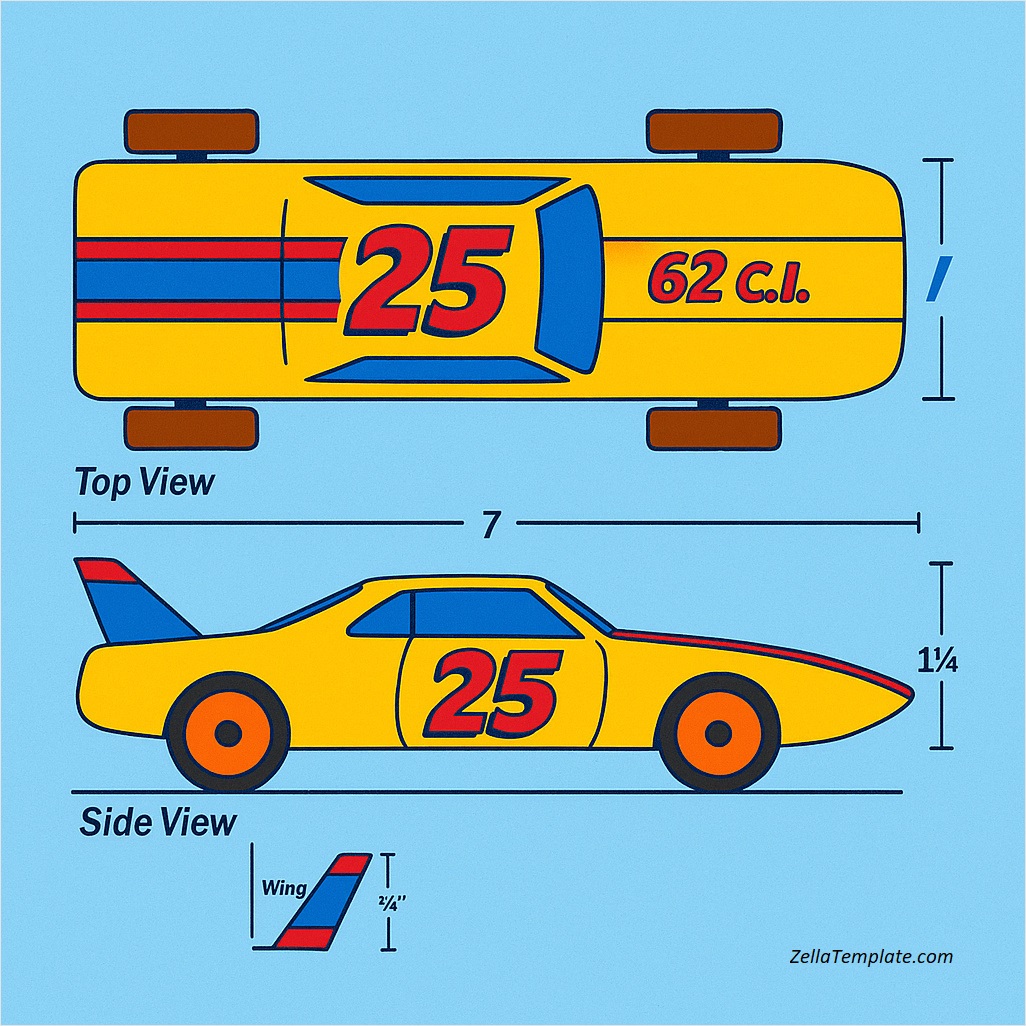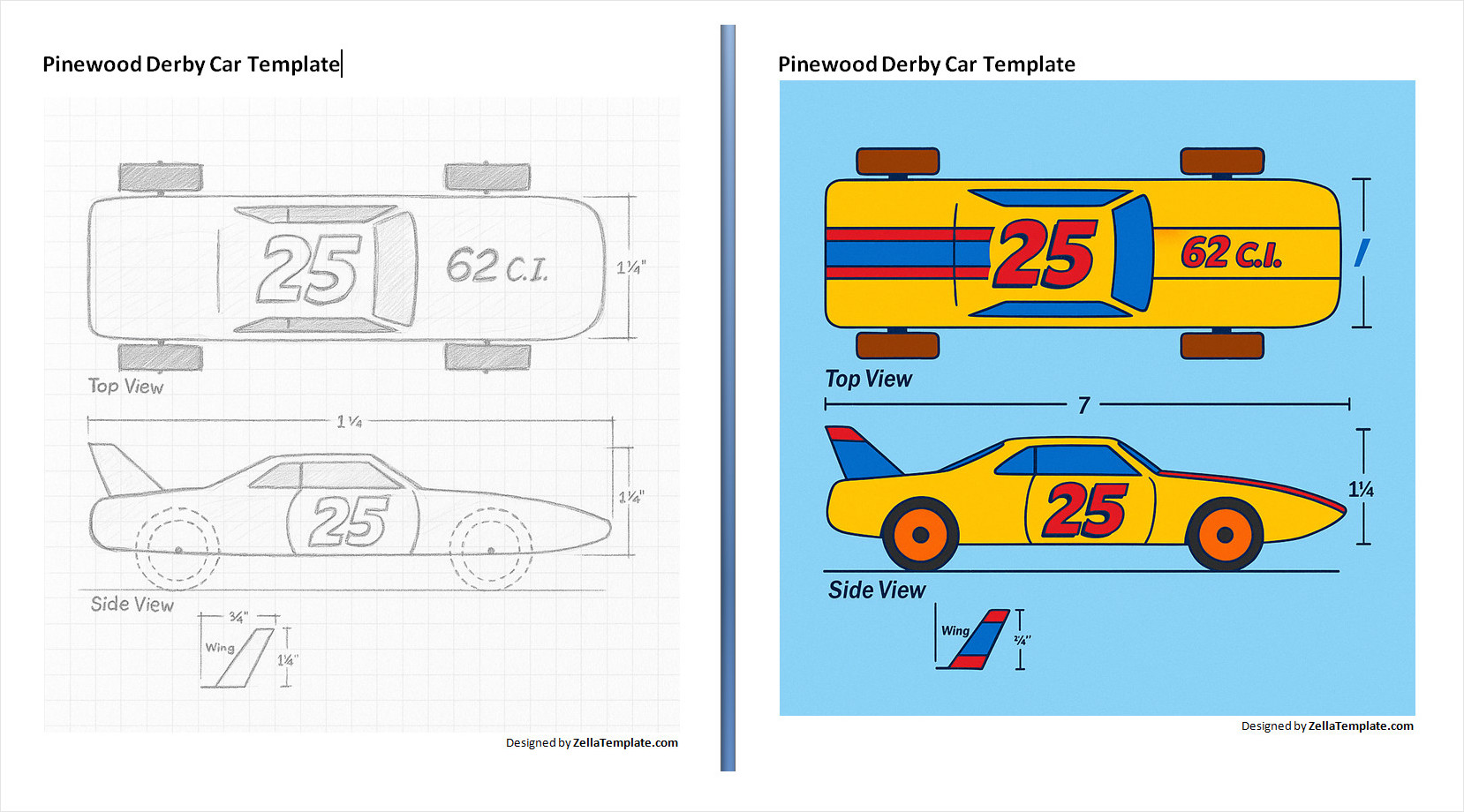
Table of Contents
The Pinewood Derby is a beloved tradition in Cub Scouting that gives young scouts the exciting opportunity to design, build, and race their miniature wooden cars. Powered only by gravity, these small vehicles race down a sloped track in a fun, friendly competition that blends creativity, craftsmanship, and basic engineering principles.
More than just a race, it teaches kids valuable life lessons—like teamwork, sportsmanship, problem-solving, and the satisfaction of building something with their own hands.
Whether you’re a scout, parent, or troop leader, the Pinewood Derby is a memorable experience that brings families and communities together in the spirit of learning and fun.
What is the Pinewood Derby?
The Pinewood Derby has a rich history that dates back to 1953 when it was created by Don Murphy, a Cubmaster in California. Murphy wanted to provide a fun and engaging activity for his Cub Scouts that would foster creativity, craftsmanship, and friendly competition.
The event quickly gained popularity and became a beloved tradition in the world of scouting.
Organizers typically build the track from a sloped wooden ramp with multiple lanes for cars to race down. They design it to ensure a fair and competitive environment for all participants. Each lane includes a timing system that accurately measures the cars’ speed as they race to the finish line. The track plays a crucial role in the event, setting the stage for every thrilling race.
Benefits of Participating
Participating in the Pinewood Derby offers a wide range of benefits for Cub Scouts, including:
- Creativity. Scouts have the opportunity to express their creativity through designing and decorating their cars.
- Problem-Solving Skills. Building a Pinewood Derby car requires problem-solving skills to overcome challenges and obstacles during the construction process.
- Teamwork. Scouts learn the importance of teamwork as they collaborate with their peers and families to build and race their cars.
- Sportsmanship. The Pinewood Derby promotes good sportsmanship, teaching scouts how to win and lose gracefully and respect their competitors.
- STEM Education. The event introduces scouts to basic engineering and physics principles, sparking an interest in STEM fields.
- Confidence. Participating in the Pinewood Derby boosts scouts’ confidence as they showcase their skills and talents in a public setting.
Rules for the Pinewood Derby Car
1. Weight Restrictions
One of the most common rules for Pinewood Derby cars is a weight restriction, typically around 5 ounces. Scouts must ensure that their cars do not exceed the maximum weight limit to ensure fair competition. Weight placement is crucial in maximizing speed, as a well-balanced car will perform better on the track. Scouts often use weights strategically to achieve optimal performance.
2. Dimension Requirements
Pinewood Derby cars must adhere to specific dimension requirements set by the event organizers. These requirements typically include maximum length, width, and height measurements to ensure that all cars fit within the designated racing parameters. Scouts must carefully measure and cut their cars to meet these requirements and avoid disqualification on race day.
3. Wheel and Axle Regulations
Event organizers often set rules that specify the types of wheels and axles scouts can use on their Pinewood Derby cars. These regulations may restrict wheel diameter, axle materials, and types of lubrication. Scouts must follow these rules to ensure fair competition and uphold the integrity of the event. Proper wheel alignment and axle preparation play a critical role in maximizing speed and performance on the track.
4. Decorating Guidelines
Scouts enjoy creative freedom when decorating their Pinewood Derby cars, but they must follow specific guidelines. Event rules may prohibit certain materials or designs that could give a car an unfair advantage. Organizers encourage scouts to be imaginative with their decorations while staying within the rules to maintain a level playing field for all participants.
5. Competition Format
Event organizers establish the Pinewood Derby competition format by determining how many races each car will run, how the scoring system operates, and how winners are selected. The format may vary depending on the event’s size and scope—some races follow single-elimination brackets, while others use a points-based system. Scouts should review the competition format in advance to understand how their performance will be evaluated.
How to Make a Pinewood Derby Car Fast


1. Weight Placement
Strategic weight placement is crucial in making a Pinewood Derby car fast. By placing the majority of the car’s weight toward the rear of the vehicle, scouts can improve the car’s acceleration and overall speed. Scouts often use tungsten weights to achieve the optimal weight distribution for maximum performance on the track.
2. Wheel Alignment
Wheel alignment plays a significant role in the speed and stability of a Pinewood Derby car. Scouts must ensure that the wheels are aligned perfectly straight and perpendicular to the body of the car to minimize friction and maximize speed. Proper wheel alignment can make a significant difference in a car’s performance on race day.
3. Axle Preparation
Preparing the axles of a Pinewood Derby car is essential for reducing friction and ensuring smooth movement on the track. Scouts often polish the axles to eliminate imperfections and rough edges that could slow the car down. Lubricating the axles with graphite or other lubricants reduces friction and improves speed during races.
4. Aerodynamics
Creating a sleek and aerodynamic design for a Pinewood Derby car can enhance its speed and performance on the track. Scouts can experiment with different shapes and contours to reduce air resistance and streamline the car’s movement. A well-designed aerodynamic car can cut through the air more efficiently and reach higher speeds during races.
5. Testing and Tweaking
Before race day, scouts should test their Pinewood Derby cars on a practice track to identify any issues and make adjustments as needed. By fine-tuning the car’s weight, wheel alignment, and axle preparation, scouts can optimize its performance for the actual races. Testing and tweaking the car allows scouts to make incremental improvements and increase their chances of success.
6. Practice Makes Perfect
Like any competitive endeavor, practice is essential for success in the Pinewood Derby. Scouts should spend time honing their racing skills, fine-tuning their cars, and familiarizing themselves with the racing track. Regular practice sessions can help scouts improve their technique, build confidence, and develop a winning strategy for race day.
Pinewood Derby Car Designs

Pinewood Derby Car Template – Word